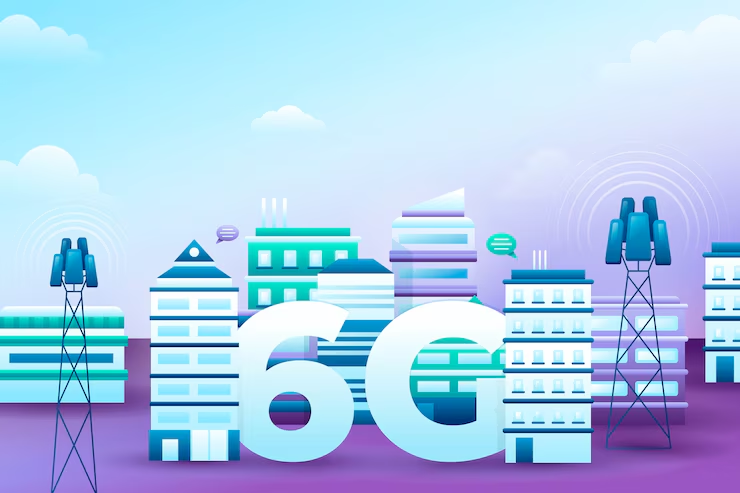
How Edge Computing and 5G/6G Work Together:
-
Reduced Latency:
Edge computing processes data locally, minimizing the distance it travels and reducing latency, which is crucial for real-time applications like autonomous vehicles, smart factories, and augmented reality.
-
Enhanced Performance:
By offloading processing from central data centers to the edge, 5G/6G networks can achieve higher performance and throughput.
-
New Applications:
The combination of 5G/6G and edge computing unlocks new applications and services that were previously difficult or impossible to implement, such as real-time AI inferencing, cloud gaming, and remote telesurgery.
-
Data Sovereignty:
Edge computing allows data to be processed closer to where it’s generated, which can be beneficial for data privacy and security.
-
Efficient Resource Utilization:
5G’s network slicing capabilities can be used in conjunction with edge computing to optimize resource allocation and provide tailored services.
-
Mobile Edge Computing (MEC):
MEC, a specific type of edge computing, is particularly well-suited for 5G/6G networks, providing computing capabilities within the radio access network (RAN) closer to end users.
Examples of Applications:
-
Autonomous Vehicles:
Edge computing enables real-time processing of sensor data for self-driving cars, such as image recognition, object detection, and path planning.
-
Smart Factories:
Edge computing supports real-time data collection, analysis, and control in manufacturing environments, optimizing processes and improving efficiency.
-
Augmented Reality:
Edge computing can handle the computationally intensive tasks required for augmented reality experiences, providing smooth and interactive user interfaces.
-
Healthcare:
Edge computing enables real-time analytics of patient data from connected devices, improving diagnostics and treatment.
-
Cloud Gaming:
Edge computing reduces latency for cloud gaming, allowing users to enjoy high-quality gaming experiences on their mobile devices.
-
Remote Telesurgery:
Edge computing enables low-latency video streaming and control for robotic surgery, allowing surgeons to perform complex procedures remotely.



